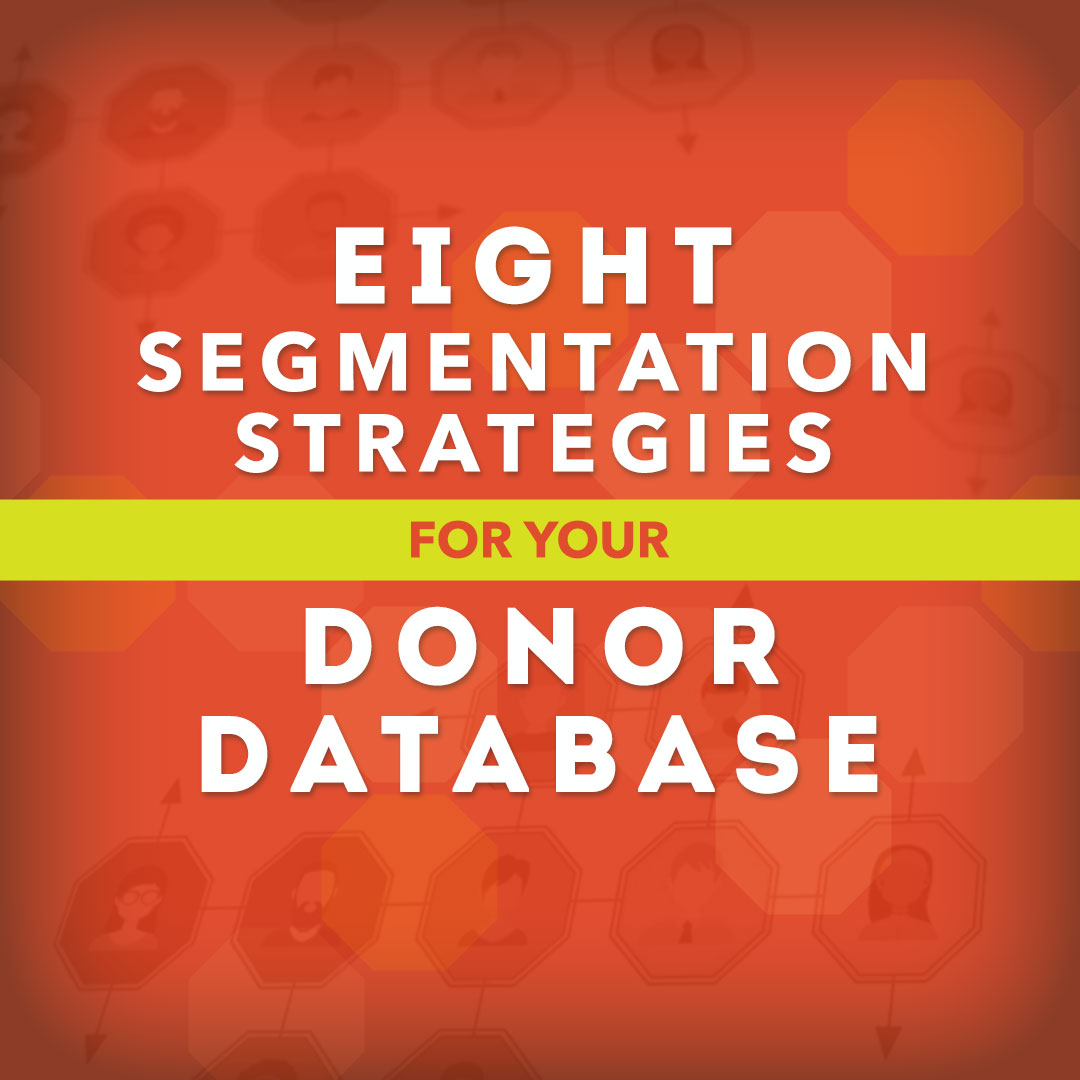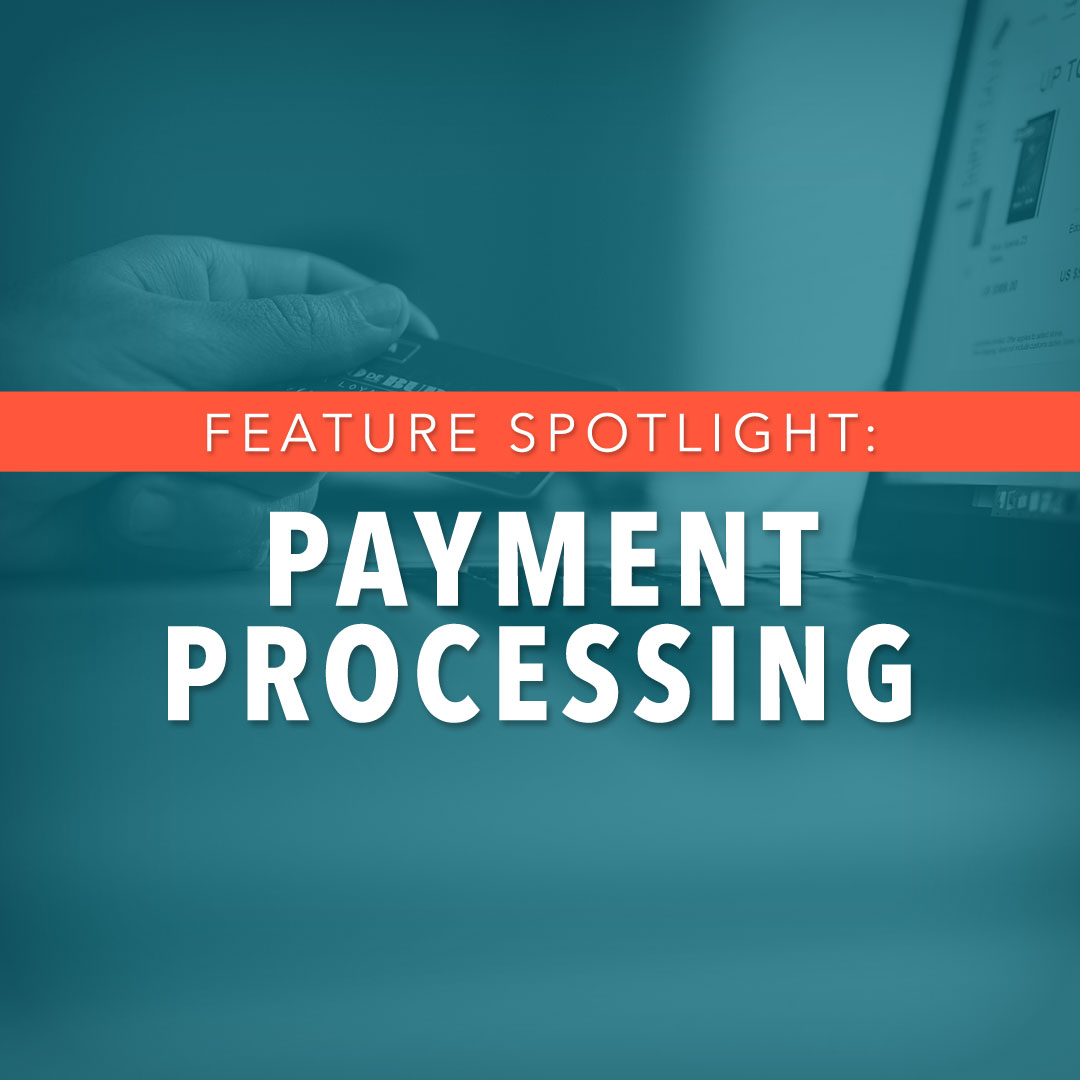Did you catch our post last week about some creative annual reports that we love? Today we’re going to explore whether or not print annual reports are even worth the hassle anymore.
As you may have noticed from last week’s post, most of the examples that we provided were either digital or full-blown, “wow-factor” print pieces—the kind of print pieces that require you to break the bank a little just to create and send them out.
Which brings us to our first point: In order to stand out from the crowd, you need to go big. A basic printed annual report is no longer cutting-edge enough to give you a seat at the donor table. BUT, does that mean you go big or does that mean it’s time to shift and change your approach?
With so many companies and nonprofits moving to alternative methods, a print version is not longer the required norm with annual reports. The options are vast and endless, so let’s take a deeper look at whether or not it’s even worth sticking to the print roots.
Cost
You probably know from experience that it takes a lot of money to design a full annual report, coordinate printing and then pay for it to be mailed across the country to all your different donors. You don’t need us to remind you of that. But we want you to consider whether or not it is worth it anymore.
Think about it for a second. Out of the budget that you have set aside for the production of your annual report, calculate how much more you would need to truly bring some glam and glitter into that presentation. If you’re going to go the print route, you really need to add something extra in to make it stand out from the crowd… something like the s’mores package we talked about last week.
NOW, let’s consider an alternative: What if instead of spending thousands on creating and mailing a report that is likely to end up in someone’s trash, you instead threw an annual report party and invited your donors to come have a night out with your team. You could live stream the event for those who can’t attend and include a fun presentation recapping the previous year followed by a brief thank-you speech from your executive director. The event would give your donors a chance to enjoy refreshments with your team and get a glimpse into how your entire operation works.
Not only is this approach a better way to get more donors involved in your story, but your report of the year will be so much more memorable and leave people with a wonderful experience. It might even save you some money or, at the very least, money better spent.
Environmental Footprint
There’s no easy way around it. Printing a thousand, ten thousand or more reports to mail to your donors takes a LOT of paper. If your nonprofit ever speaks on the topic of environmental responsibility, how you approach the process of distributing your thick annual report will speak volumes to your audience.
Instead you could send only your major donors a physical copy of your annual report and distribute it digitally to the rest of your audience. That way, your major donors get a little extra love while the rest of your donor base still gets all the same reporting along with the option of printing the piece on their own.
Age of Donors
The age of your donors plays an important role in deciding which channel to deliver your communications in—especially when it comes to your annual report. If you’ve made the decision to go forward with a printed annual report and you plan on delivering it via direct mail, you must consider this question: Are your donors even checking their mailboxes anymore?
If you currently run direct mail campaigns, you can check there to see if people are responding to those monthly or quarterly mailings. If you aren’t seeing a high enough response rate, you might want to consider that your donors aren’t opening your direct mail communications. If they aren’t, paying to send this important piece via that channel might not be the most cost effective or impactful option.
An alternative could be to make print versions available to your donors, but only at their request. For instance, you could deliver a digital copy via email and give donors the chance to opt-in and request a physical copy through an online form. Just make sure to let your donors know what the turn-around time looks like for the delivery of those pieces.
Internet Access
On the flip side of the channel coin, when thinking through the best way to distribute your annual reports, you also have to consider Internet access. If your donors live in mostly rural areas (or even in developing countries) with limited access to the Internet, that could affect the delivery and readability of your annual review.
Take into account how you currently communicate with your donors. If it’s mostly through direct mail, then that might still be a good option for the delivery of your annual report.
The whole annual review conversation boils down to this—do you know your audience? Do you know their preferred method of communication, their values and where they live? All of those answers can help inform your annual review process and make this year’s report the most spectacular yet!
And remember, it’s okay to deliver your annual review in more than just one way.


-1.jpg)







